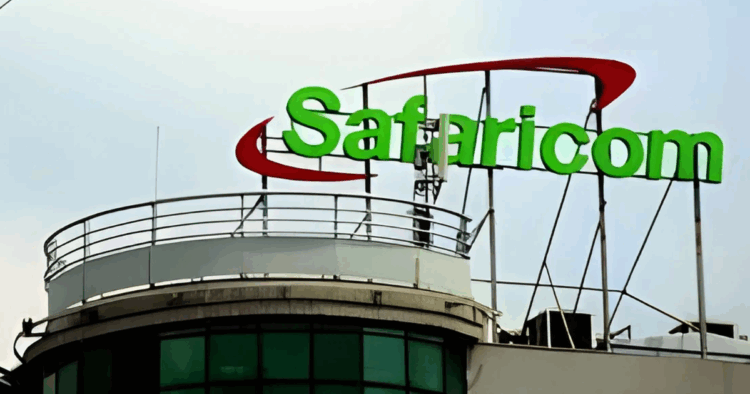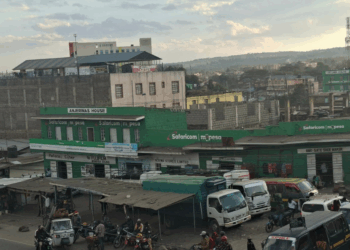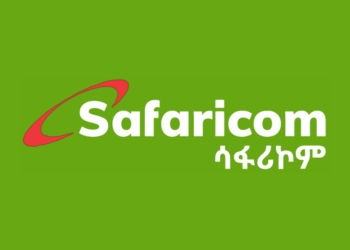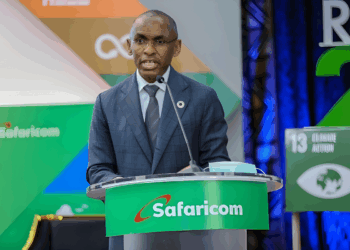Record Revenues, Rising Questions
Part 2: Profit Vs. Service Equity (Previous | Next)
We delve into Safaricom Profit vs Service Delivery in this part of the Deep Dive Series. Safaricom’s financial muscle is undeniable. In the financial year ending March 2025, the company reported KES 388.7 billion in revenue — a 6.4% year-over-year increase — and KES 95.5 billion in net profit, solidifying its position as East Africa’s most profitable company. M-Pesa alone contributed KES 139.9 billion, accounting for over 36% of total revenue, while mobile data generated KES 56.8 billion, representing a 12% increase from the previous year.
Yet, behind these headline numbers lies a persistent question: are these profits proportionate to the quality, affordability, and inclusivity of the services delivered? Kenya’s Average Revenue Per User (ARPU) for Safaricom hovers around KES 308 per month — among the highest in Sub-Saharan Africa — even as millions of customers remain on 2G or 3G networks, and smartphone penetration in rural counties lags far behind urban centres.
The Affordability Gap
While Safaricom has rolled out 5G in 43 counties and extended its fibre network to over 18,300 km, the cost of access remains a barrier. A 2024 Communications Authority of Kenya report found that only 50% of Safaricom’s mobile subscribers use 4G or 5G-enabled devices, with the rest locked out of high-speed data experiences. CAK 2023/24 Report-click link to download.
Device financing schemes exist, but uptake is slow. As one county ICT officer in Turkana put it,
“The network is here, but the devices are not in people’s hands. It’s like building a highway where half the population still rides bicycles.”
Safaricom profit vs service delivery | Profitability vs. Inclusion
Safaricom’s CEO, Peter Ndegwa, has repeatedly emphasised the company’s dual mandate:
“We are here to deliver shareholder value, but also to transform lives through connectivity and financial inclusion.”
The tension between these two goals is visible in pricing strategies.
Voice and data bundles remain relatively expensive compared to regional competitors. Airtel Kenya, for instance, offers data at rates up to 30% lower in some packages. Yet, Safaricom retains a market share of 63.2% in mobile subscriptions — a testament to its brand loyalty, but also a sign of limited competitive pressure in specific segments.
Service Quality Under the Microscope
Customer satisfaction surveys paint a mixed picture. While Safaricom leads in network reliability, scoring 92% uptime in CAK’s 2024 Quality of Service report, complaints about M-Pesa downtime, delayed reversals, and opaque transaction charges persist. For SMEs, particularly in e-commerce and logistics, even brief outages can result in significant losses.
A Nairobi-based fintech founder summed it up bluntly:
“When Safaricom sneezes, the entire digital economy catches a cold.”
Deep Dive Master Guide | Previous | Next
















